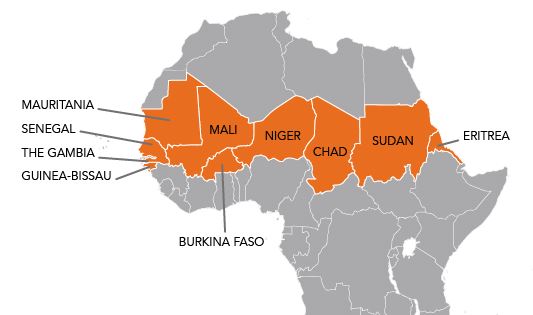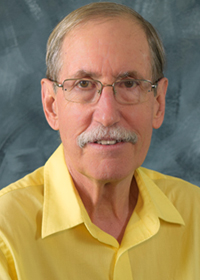Increasing productivity, Incomes, & markets (IPIM) for sorghum & millet producers in the sahel

*Map & Population Estimates
- Mali - 16.2 million
- Burkina Faso - 18.2 million
- The Sahel - 135 million
10 countries make up the Sahelian climatic zone region: Burkina Faso, Chad, Eritrea, The Gambia, Guinea-Bissau, Mali, Mauritania, Niger, Senegal and Sudan
6 countries make up the Sahel Region of West Africa: Mauritania, Mali, Senegal, Niger, Burkina Faso and Chad.
*Map and Population estimates from: Population Reference Bureau.Research Topics
Student Reflections:
"The interactive experience of visiting farms complemented the class well and is where I took away the most knowledge. I feel from this experience my Purdue education has taken a new turn and I can easily see myself becoming involved in more international programs and always trying to see things from an alternative perspective. I came away with a better understanding of food security and itnernational practices along with great memories and new friends!"
"The things I learned can't be taught in Class of 50 or Armstrong or Beering. I learned about different cultures and I experienced that you cannot judge a book by its cover."
Development of Sorghum and Millet Production Systems in Mali and Burkina Faso
By John Sanders, Botorou Ouendeba, Ababacar Ndoye, Soungalo Traore and Biaba Tem
New markets and technological change for the traditional cereals in semiarid sub-Saharan Africa: the Malian case
By Jeffrey D. Vitale and John H. Sanders
Annual reports were undertaken for most years of our pilot project introducing new sorghum and millet technologies, improved marketing practices and the evolution of the farmers’ associations orienting participating farmers.
By Jeffrey Vitale, Tracey Boyer, Rafael Uaiene, John H. Sanders
Increasing incomes of Malian cotton farmers: Is elimination of US subsidies the only solution?
By Felix G. Baquedano, John H. Sanders, Jeffrey Vitale

John Sanders
